What Does It Mean to Be Pansexual?

Understanding Pansexuality
Most people are familiar with terms like straight, gay, lesbian, and bisexual. However, human sexuality is complex, and not everyone feels that these labels accurately represent them. Some individuals identify as pansexual.
In simple terms, pansexuality refers to the ability to feel attraction toward individuals regardless of their sex or gender identity. Some describe it as being "gender-blind."
If you find it difficult to distinguish between pansexuality and bisexuality, you're not alone. Let's explore what being pansexual means and how it differs from other sexual orientations.
What Does Pansexual Mean?
The prefix "pan" means "all," as in words like "Pangea" or "pandemic." Therefore, pansexual people can experience attraction toward individuals of all genders. This attraction can be romantic, sexual, or both.
It's important to note that being pansexual doesn't mean being attracted to everyone. Just as a straight woman isn’t attracted to every man she meets, pansexual individuals are not universally attracted to all people—they simply aren't limited by gender when they feel attraction.
Pansexual vs. Bisexual
While both pansexual and bisexual individuals can be attracted to more than one gender, there are key differences.
The prefix "bi" means "two," suggesting that bisexual individuals are attracted to two genders. In practice, many bisexual people are attracted to more than two genders but not necessarily all genders.
Pansexuality, on the other hand, means that gender plays little to no role in attraction. Pansexual individuals may be equally attracted to men, women, agender individuals, and gender-fluid people.
Quick Comparison:
| Bisexuality | Pansexuality |
|---|---|
| Attraction to two or more genders | Attraction to all genders |
Some people use "bisexual" as an umbrella term for anyone attracted to more than one gender, but not all pansexual individuals identify as bisexual. It’s important to respect and affirm each person’s chosen identity.
In surveys, pansexuality is becoming more recognized. A 2016 survey found that 6.6% of nonheterosexual individuals identified as pansexual, while a 2018 Human Rights Campaign survey found that 14% of LGBTQ+ teens identified as pansexual.
Exploring Your Sexuality
If you find yourself attracted to people regardless of their gender, you might wonder if you’re pansexual. Some questions to consider:
-
Could I imagine dating, marrying, or having sex with people of any gender?
-
Do I fantasize about people across different genders?
-
Have I had crushes on individuals of various genders?
-
How do my feelings toward people of different genders compare?
Sexuality can be fluid, and discovering your true identity can take time. Some individuals may identify as "queer" or "questioning" during their exploration process.
Remember:
-
Your relationship status doesn’t define your sexuality. A pansexual woman in a relationship with a man is still pansexual.
-
Identities can evolve. It’s normal to embrace a label that feels right today and change it later if needed.
Resources for Pansexual Individuals
If you’re exploring pansexuality, here are some helpful resources:
-
Advocates for Youth
-
Bisexual Resource Center
-
LGBT National Help Center
-
CDC LGBTQ+ Resources
Many communities also have LGBTQ+ centers offering support groups and events, both in person and online through platforms like Meetup.com.
How to Be an Ally to Pansexual People
Although LGBTQ+ rights have progressed, discrimination remains a reality. Pansexual individuals can face unique challenges, including misunderstanding and erasure.
Ways to be a supportive ally:
-
Stay open-minded.
-
Defend LGBTQ+ individuals from discrimination.
-
Avoid assuming anyone's sexuality.
-
Offer a listening ear.
-
Speak out against anti-LGBTQ+ language and behavior.
Specifically for pansexual individuals:
-
Acknowledge their identity.
-
Respect and accept their chosen label.
-
Educate yourself about pansexuality.
-
Challenge pansexual erasure when you encounter it.
Studies show that discrimination can lead many pansexual people to hide their identity or feel pressured to identify as bisexual to avoid confusion. Being a visible and vocal ally helps combat this stigma.
A Quick Review
Pansexuality describes an attraction to individuals regardless of their gender. Unlike other orientations, gender plays little to no role in their romantic or sexual attraction.
Supporting pansexual individuals means respecting their identity, learning about the challenges they face, and standing against discrimination and erasure in everyday life.


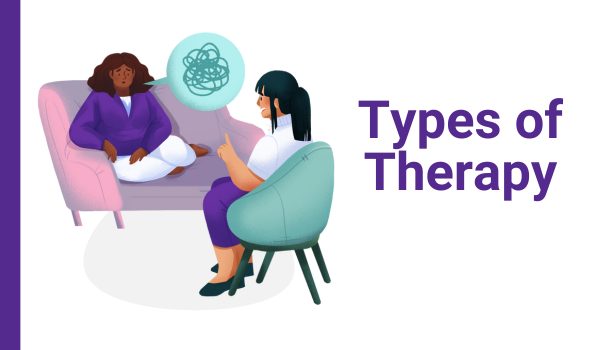
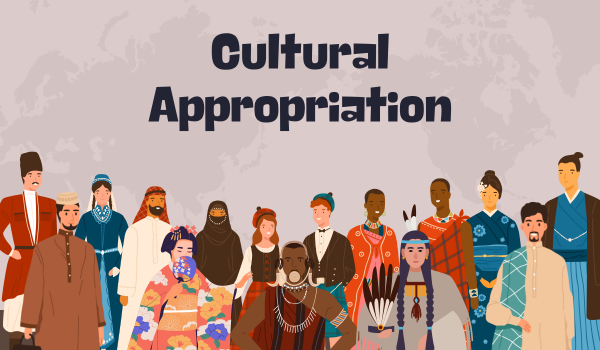

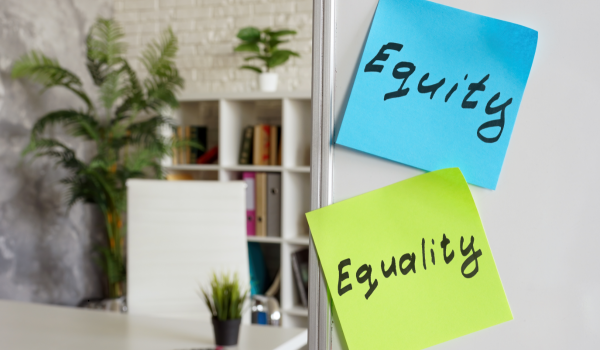
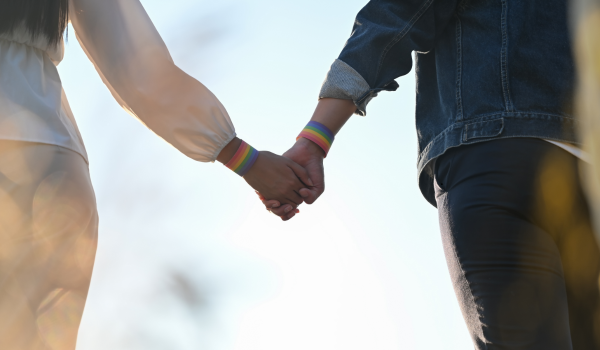

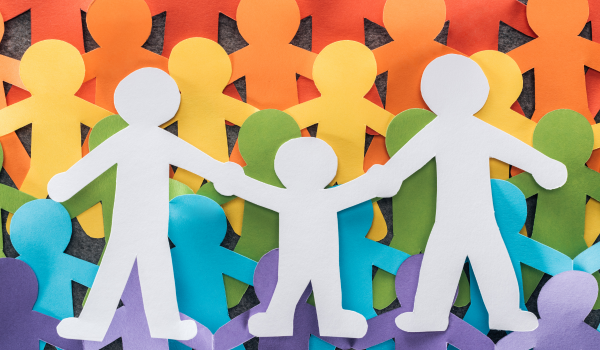








.webp)
.webp)
.webp)



